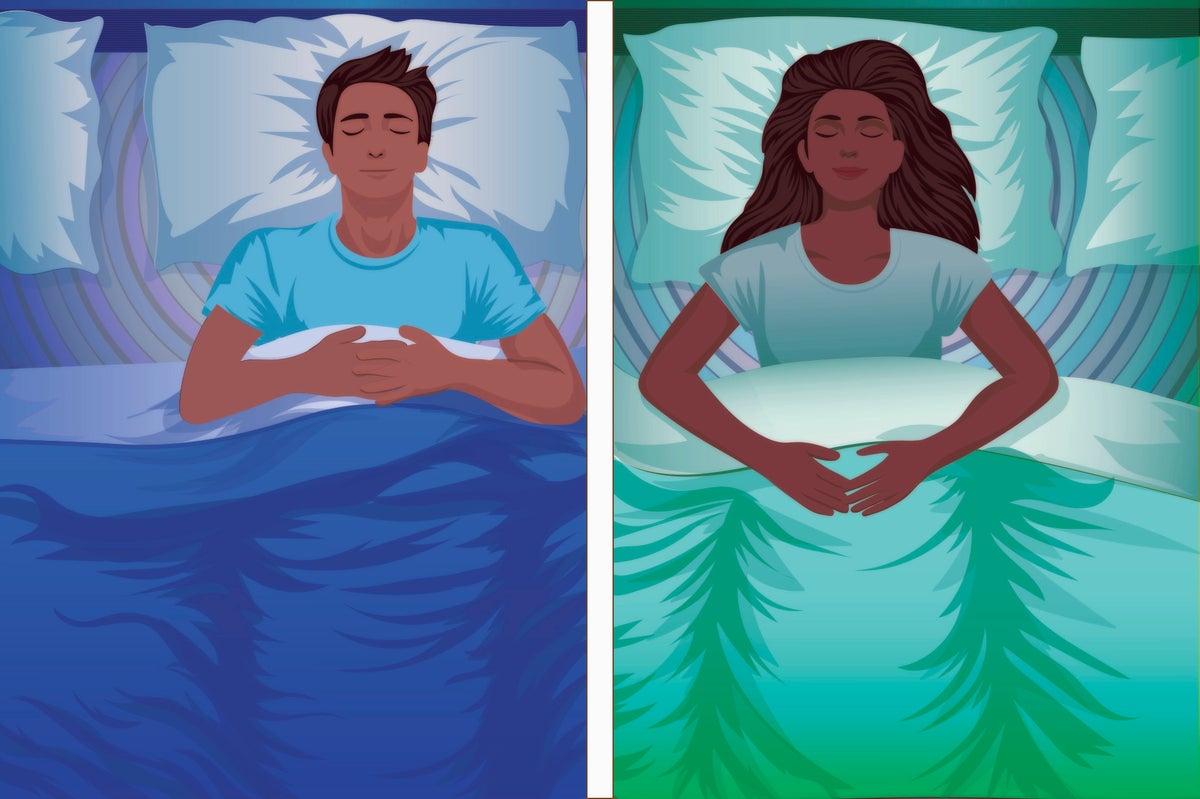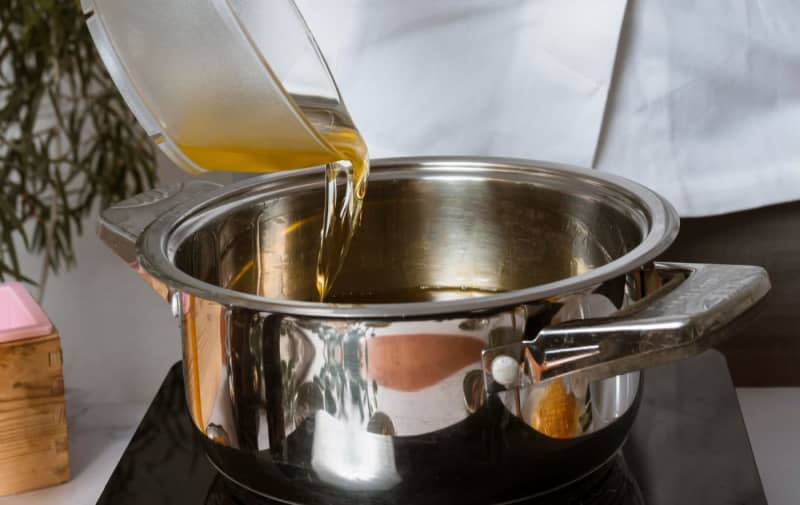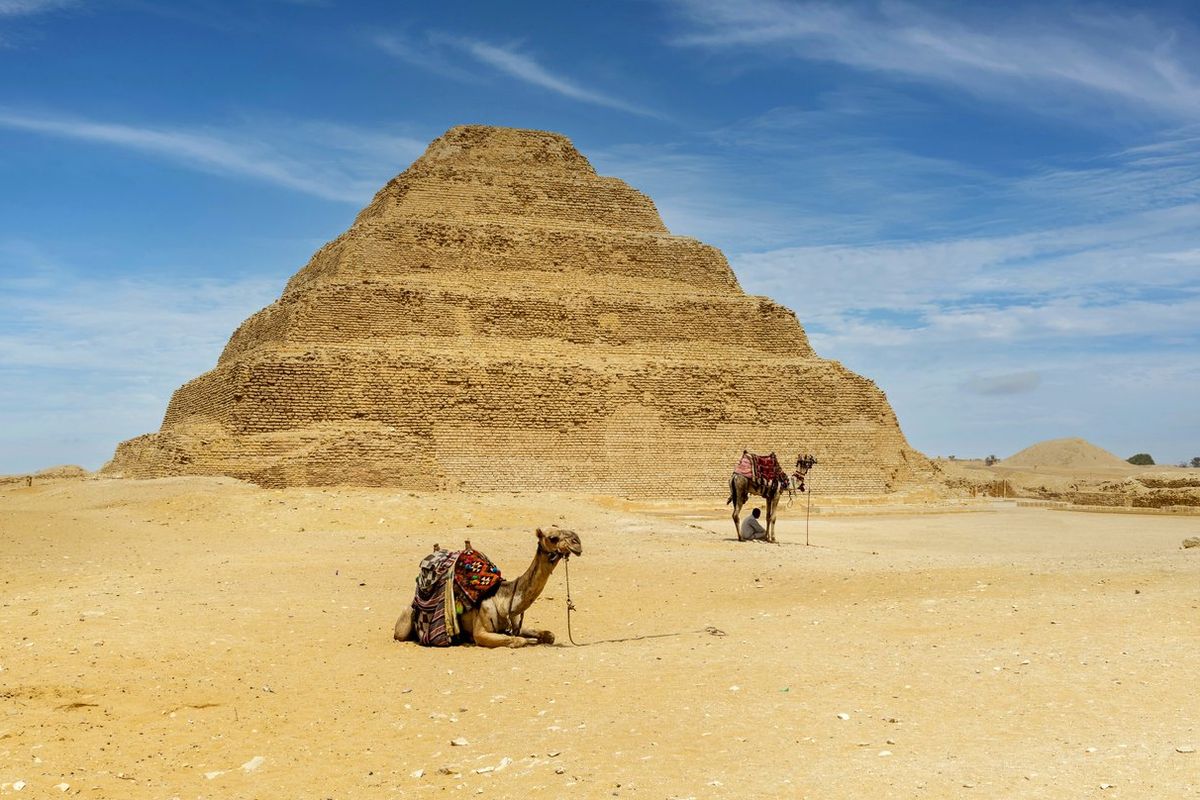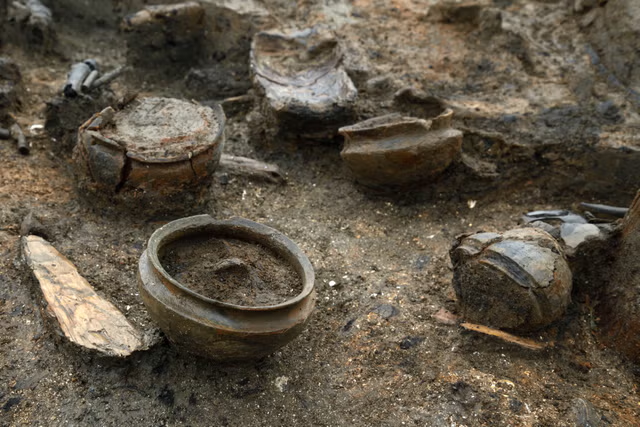
Residents only called the UK's Pompeii home for one year before it was destroyed by fire; despite this, the remaining relics are remarkably well preserved.
A recent study has offered a fresh perspective on the lives of people who lived in the area now occupied by Must Farm in Peterborough approximately 3,000 years back.
The village consisted of around 10 circular wooden houses on stilts above a river, and it could have been home to up to 50 to 60 people, according to the researchers.
bin for tools.
They also stated that the residents lived a life of 'warm and homely domesticity' and ate foods like honey-glazed venison and hearty meat porridge.
The researchers, from the Cambridge Archaeological Unit, carried out excavations nearly a decade ago at Must Farm and uncovered how lifestyle was for the residents in the village around the time the Bronze Age was ending.
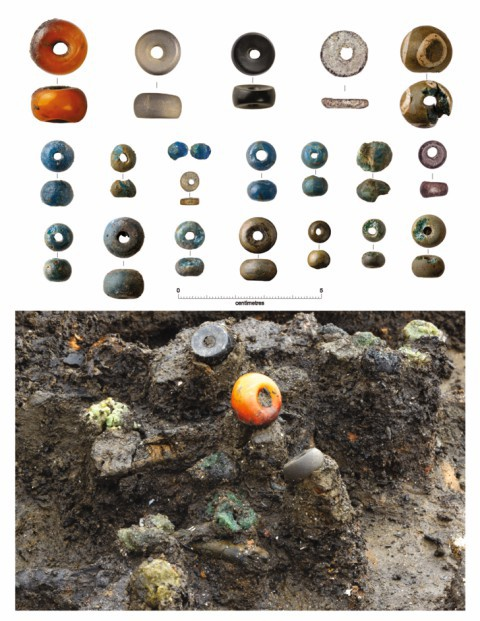
Must Farm's thousands of artefacts also feature a pottery bowl, displaying the fingermarks of its creator still containing its last meal in the clay it was made from.
Chemical analysis shows traces of a wheat porridge mixed with animal fat - which the researchers believe could be goat or red deer fat.
They discovered a cardboard or wooden spoon that had been used for stirring and had been left behind inside the bowl, still leaning against it.
Project archaeologist Dr Chris Wakefield at the Centre for Archaeological Unit said: "The site is yielding clues as to what recipes from the Bronze Age for breakfast and roast dinner might have looked like."
‘Chemical examinations of the bowls and containers revealed the presence of honey together with meat from ruminant animals like deer, implying that these ingredients were mixed to produce a prehistoric dish of honey-glazed venison.
‘It seems the inhabitants saved the juices of their cooked meat to use as toppings on their porridge.’
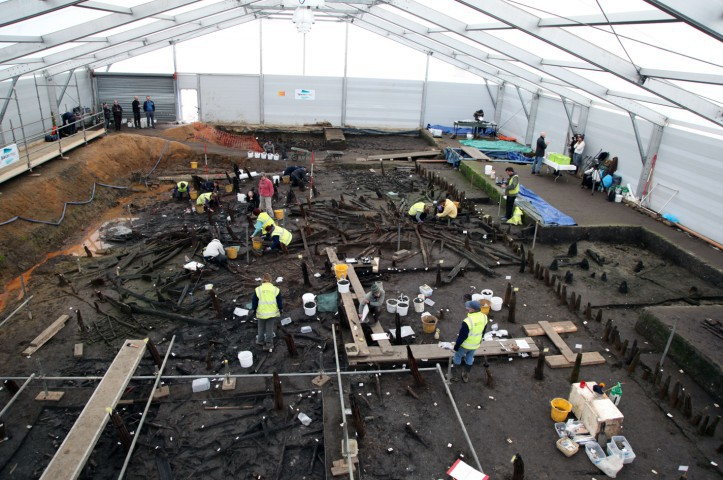
What is Must Farm?
Dr Wakefield described the site as "an amazing time capsule", as it offers a unique insight into the villages, houses, and domestic lives of people who lived in the region over eight centuries before the Romans arrived in Britain.
Data indicates that vegetation within the river has acted as a buffer, mitigating potential harm to the structures from falling materials.
The items fell exactly where they were originally placed in the houses, providing archaeologists with a clear understanding of how the roundhouses were utilised.
A combination of charring and flooding has led to the survival of thousands of items, including nearly two hundred wooden relics, more than 150 fibres and textiles, one hundred and twenty-eight pottery vessels, and approximately ninety pieces of metal artefacts.
Some of the objects unearthed during the excavation will be showcased in an exhibition at Peterborough Museum and Art Gallery from 27 April onwards.
, both available online.
Hello News's News Updates newsletter
